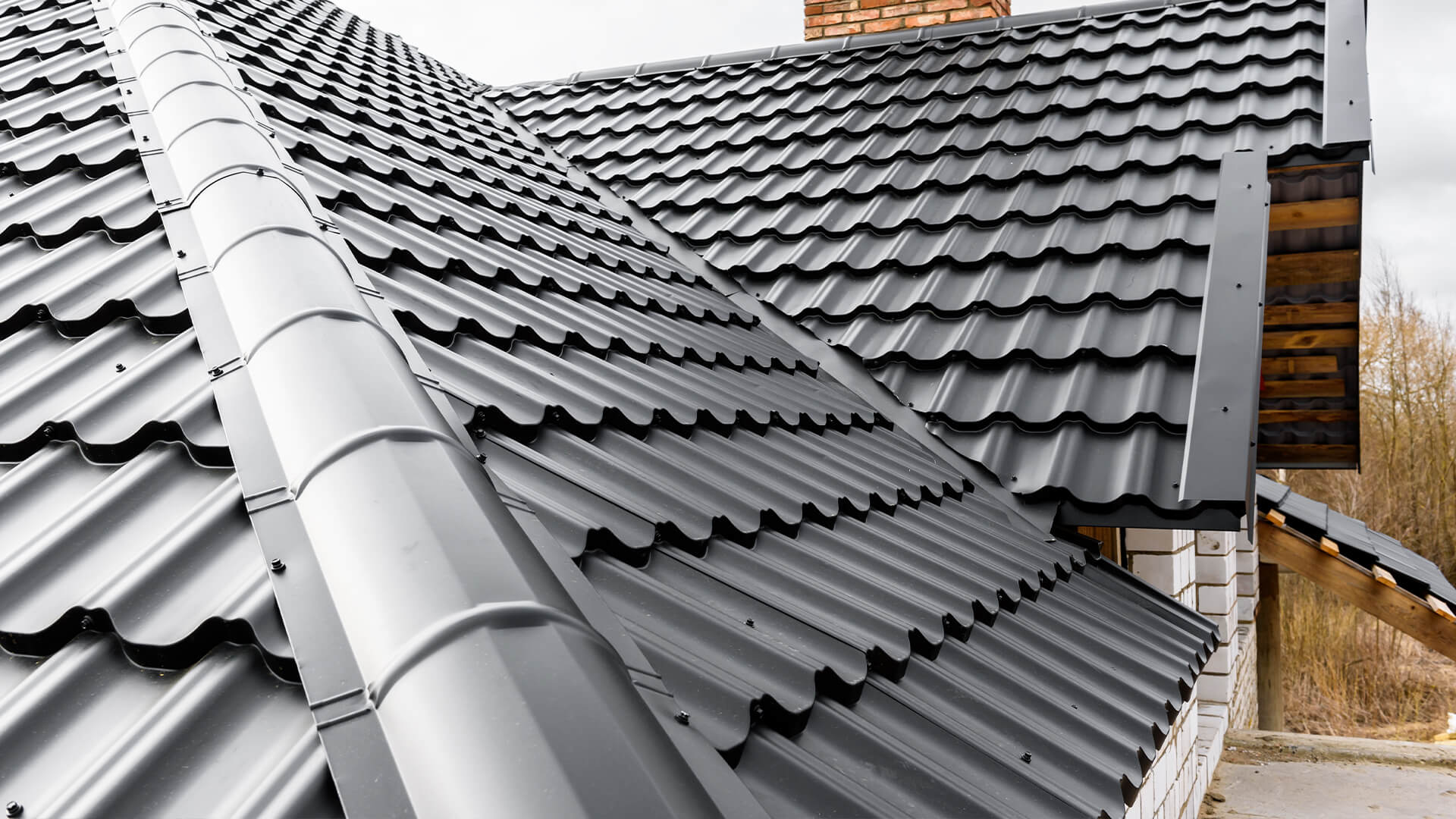A Comprehensive Take A Look At Roofing Companies Gainesville Homeowners Recommend
Finest Practices for Ensuring Proper Roof Covering Air Flow
Making certain appropriate roof covering air flow is vital for the long life and performance of a roof. A balanced intake and exhaust vent ratio, typically 1:300, plays a critical duty, with consumption vents preferably put at the lower edge of the roofing system for cool air entry and exhaust vents at the optimal for cozy air exit. Routine examinations to determine blockages and maintain clear airflow are paramount. Maintaining insulation away from vents is essential to protect against air flow limitation. Comprehending these foundational aspects sets the stage for even more detailed insights right into installment and upkeep techniques that can considerably improve your roof's efficiency.
Understand Air Flow Essentials
Properly understanding air flow basics is vital for guaranteeing the longevity and efficiency of roof. Efficient air flow reduces wetness build-up and temperature extremes in the attic, both of which can result in considerable structural damages with time. A well-ventilated roofing system helps in stopping typical problems such as mold growth, wood rot, and ice dams, which can jeopardize the integrity of the roofing materials and the underlying structures.
The key objective of air flow is to assist in the movement of air, allowing for a consistent exchange between the exterior and interior atmospheres. This equilibrium is accomplished via a mix of consumption and exhaust vents that collaborate to maintain optimal air movement. Consumption vents, typically located along the eaves or soffits, allow fresh air to get in the attic room area, while exhaust vents, commonly located at or near the roofing ridge, make it possible for warm, damp air to get away.
Secret elements influencing the effectiveness of roofing air flow consist of proper positioning, ample sizing, and ensuring that both consumption and exhaust vents are unobstructed. Regular examination and upkeep are essential to determine possible blockages, damages, or inefficiencies in the air flow system, thus protecting the roofing system's efficiency and longevity.
Sorts Of Roofing Vents
Roofing vents play an important duty in preserving reliable attic room ventilation and, by expansion, the general health of the roof system. Different kinds of roofing system vents are available, each with distinct advantages tailored to details roofing requirements.

Soffit vents are installed under the eaves and work in tandem with roof vents to make certain a balanced intake and exhaust system. By allowing cooler air to get in from below, soffit vents facilitate the expulsion of warm air via top vents. Gable vents, situated on the outside walls of the attic, offer one more reliable remedy, specifically in homes with gable roofing systems.
Analyze Your Present Ventilation

Next, take into consideration the age and problem of your roof materials and air flow components. Older systems may not follow present structure codes or might have weakened with time, minimizing their effectiveness. Conduct an extensive examination to recognize any indications of deterioration, such as rust, damages, or spaces that could compromise the system's efficiency.
In addition, gauge the attic temperature level and moisture levels. Heats and moisture can show poor ventilation - gainesville roofing companies. Make use of a hygrometer and thermostat to obtain exact analyses, comparing them with exterior conditions. Consistent inconsistencies suggest prospective concerns that require dealing with.
Installment Best Practices
Effective installment of roof air flow systems is vital for ensuring ideal performance and long life. Appropriate setup starts with comprehending the certain air flow requirements of the structure and the roofing it covers. This includes computing the proper proportion of intake to exhaust vents, normally sticking to the 1:300 policy, which specifies one square foot of air flow for every 300 square feet of attic flooring room.

Consumption vents must be installed at the roofing's lower side, typically in the soffits, to permit amazing air to go into. Exhaust vents, on the other hand, ought to be mounted near or at the roof's peak to assist in the leave of warm, moist air.
Seal all vent links diligently to avoid air leaks and possible water infiltration. Use high-quality products and follow producer guidelines to ensure longevity and effectiveness. Additionally, integrating ridge vents with baffles can considerably improve air flow performance by avoiding wind-driven rainfall click to investigate and snow from getting in the attic room.
Ultimately, exact installation of roofing ventilation systems mitigates possible concerns such as mold and mildew development, ice dams, and architectural damage, making sure the roofing's honesty and the building's general health and wellness.
Normal Upkeep Tips
Uniformity in maintenance methods is basic to making sure the long-term performance of roof covering ventilation systems. During these examinations, make certain that vents are totally free of particles, nests, and various other obstructions that might hinder airflow.
Cleaning up the vents is one more crucial task. Make use of a soft brush or a vacuum to remove dirt and particles from consumption and exhaust vents. Be mindful not to harm the vent displays or louvers during the procedure. In addition, examine the attic room space for any signs of water damages, which can jeopardize the honesty of the roof system.
Correct insulation is equally essential. Make sure that attic room insulation does not obstruct the vents, as this can severely restrict airflow. If any kind of insulation has moved or worked out, reposition or change it to maintain an efficient obstacle.
Lastly, replace any type of damaged or missing components without delay. Broken vents, split shingles, or deteriorated flashing can all add to poor air flow and should be dealt with immediately. Normal maintenance makes certain that the roofing ventilation system works optimally, thus prolonging the life expectancy of the roofing itself.
Final Thought
Guaranteeing proper roofing air flow is extremely important for keeping the performance and longevity of a roof. Adherence to the 1:300 consumption and exhaust air vent proportion, coupled with the strategic positioning of vents, is important. Regular semiannual evaluations, particles cleaning, and ensuring insulation does go to my site not block airflow are vital practices. Implementing these ideal methods will certainly foster a well-ventilated roof covering system, thus mitigating prospective problems associated with moisture accumulation and excessive warm, eventually prolonging the roofing's lifespan.
A balanced consumption and exhaust air vent ratio, frequently 1:300, plays a crucial role, with consumption vents ideally put at the lower edge of the roof covering for amazing air entry and exhaust vents at the peak for warm air leave. Consumption vents, commonly situated along the eaves or soffits, enable fresh air to get in the attic room space, while exhaust vents, commonly positioned at or near the roofing system ridge, enable warm, humid air to get away.
Soffit vents are mounted under the eaves and work in tandem with roof covering vents to guarantee a read the article balanced consumption and exhaust system. By enabling cooler air to get in from below, soffit vents facilitate the expulsion of hot air via upper vents. Adherence to the 1:300 consumption and exhaust air vent proportion, combined with the strategic placement of vents, is crucial.